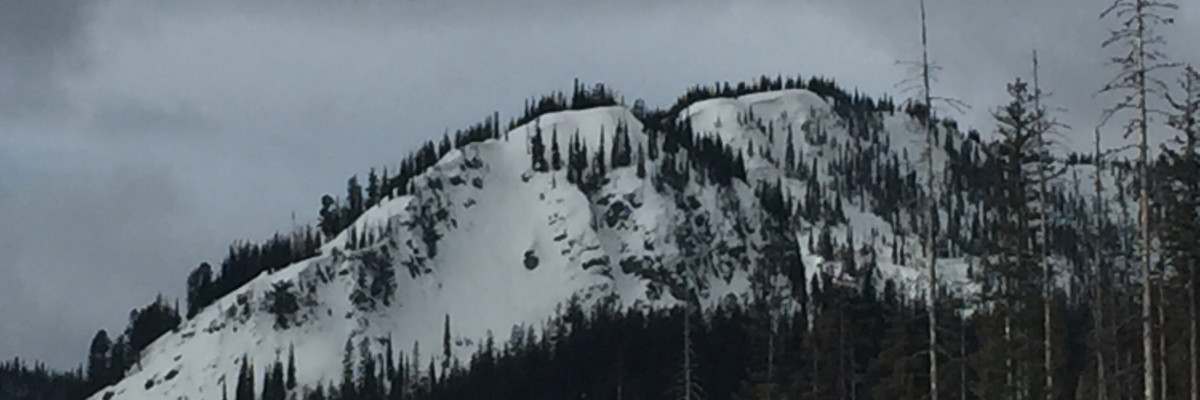The current avalanche danger is MODERATE on wind loaded terrain for the West Central Montana Backcountry. Human triggered avalanches will be possible in specific areas and careful assessment will be required to identify areas of concern. On other terrain in the advisory area the avalanche danger is LOW. Conditions will be dynamic today and as more snow falls, continual evaluation of the snowpack will be essential to recreate safely.
Good morning, this is Logan King with the West Central Montana Avalanche Center’s avalanche advisory for Tuesday, January 31, 2017. This danger rating does not apply to operating ski areas, expires at midnight tonight and is the sole responsibility of the U.S. Forest Service.
Weather and Snowpack
Snowfall and more mild temperatures have returned to the region overnight. So far across the advisory area 1-3 inches of snow have accumulated with more expected for the next 24 hours. The new snow has only added .1-.2 inches of snow water so far. The strong westerly winds have eased slightly this morning and are currently 11 gusting to 17 mph out of the NW at Point 6, and 7 gusting to 11 mph from the SSW at Deer Mountain.
The primary avalanche concern today will be windslabs. We had a number of public observations over the last couple of days from in and around the advisory area pointing to windslab concerns. Windslabs have had some time to settle the last few days but now that there is more snow for transport windslab growth will ramp back up and time will be needed for the snow to adjust to the developing windslabs.
Persistent slabs will be the secondary avalanche concerns today. There has been widespread surface hoar growth over the last week and a half. With snow falling on surface hoar and near surface facets not far below in the snowpack, persistent slabs will be sensitive to triggers today. With such widespread surface hoar growth take the time today to dig and look at the snow to see what is underneath before deciding where to recreate. Facets deeper in the snowpack will also have potential to be reactive in shallow areas as they are stressed by a new load. Carefully evaluate terrain for features that will make the persistent weak layers a greater concern, such as shallow or rocky areas.
Loose snow will be the final concern today. Small sluffs or loose snow avalanches are mainly concerns for areas that have terrain traps that increase the consequences of getting caught. As more snow accumulates so will the size of the loose snow avalanches.
Avalanche and Weather Outlook
The weather pattern has finally shifted and snow is expected to continue through tonight. The models suggest up to a foot of mountain snow by tomorrow morning. With significant snow in the forecast avalanche conditions look to increase today. As the snow totals increase so will the possibility of avalanches. Continually monitor conditions as they change throughout the day today.
If you are out in the backcountry, please feel free to share your observations on our public observations page, they are a great resource and are very helpful in producing the advisory. I will issue the next advisory on Thursday, February , 2017.
Ski and ride safe.














